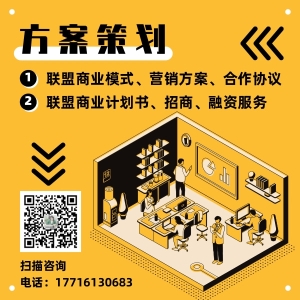开鞋店商业模式分析报告
2024-04-06 【 字体:大 中 小 】
Title: A Business Model Analysis Report for Opening a Shoe Store
Introduction:

This report aims to provide an analysis of the business model for opening a shoe store. It will assess various aspects of the shoe retail industry, including the market potential, customer segmentation, competitive landscape, and revenue streams. By evaluating these key areas, this report will aid in guiding the development of a successful shoe store business.
I. Market Potential:
To determine the market potential for a shoe store, an evaluation of the local and regional market conditions is necessary. This includes considering factors such as demographics, consumer purchasing power, and fashion trends. Additionally, analyzing the demand for various types of footwear, such as athletic, formal, or casual shoes, will help identify the target audience and align the store's product offerings accordingly.
II. Customer Segmentation:
Identifying and understanding the target customer segments is crucial in devising effective marketing strategies. This section will include an analysis of different customer groups, such as age, gender, and lifestyle preferences. By understanding the specific needs and preferences of various customer segments, the shoe store can tailor its inventory, promotions, and customer service to maximize customer satisfaction and loyalty.
III. Competitive Landscape:
A comprehensive analysis of the local and regional shoe retail market will assess the key players, their market shares, and the competitive advantages they possess. Such an evaluation will enable the shoe store to develop strategies to differentiate itself from the competition. Analyzing competitors' pricing strategies, product offerings, and marketing tactics will help identify potential areas of improvement for the new store.
IV. Revenue Streams:
This section will outline the revenue streams that can be leveraged to ensure the financial viability of the shoe store. Potential revenue sources include direct sales, online sales, and partnerships with complementary businesses, such as shoe repair services or foot care clinics. Evaluating the feasibility of additional revenue streams, such as offering shoe customization services or providing shoe-related accessories, will also be discussed.
V. Conclusion:
In conclusion, this business model analysis report provides a comprehensive understanding of the key factors that contribute to the success of a shoe store. By evaluating the market potential, customer segmentation, competitive landscape, and revenue streams, the report aids in the development of a well-rounded business plan. Implementing the insights gained from this analysis will increase the chances of establishing a sustainable and profitable shoe store.

猜你喜欢

成都制造业商业模式演讲
 869
869 
成都餐饮业的商业模式怎么写
 486
486 
共享美容商业模式怎么样(共享美容商业模式——改变您的美丽方式)
 514
514 
成都蜜雪冰城商业模式评价
 840
840 
成都一个成熟的商业模式
 687
687 
共享叉车商业模式分析图(共享叉车商业模式分析图方案)
 652
652 
成都小型餐饮店商业模式
 698
698 
好未来教育商业模式分析
 797
797 
免费理疗商业模式案例分析
 844
844 
农行商业模式分析
 381
381 
南宁门店商业模式经营分析


云游戏商业模式分析


奥伦达商业模式分析


汇通达商业模式分析


舞动时代商业模式分析


耐克企业商业模式分析


儿童乐园商业模式分析


从财务角度分析商业模式


板材商业模式分析怎么写


客户商业模式分析简述










